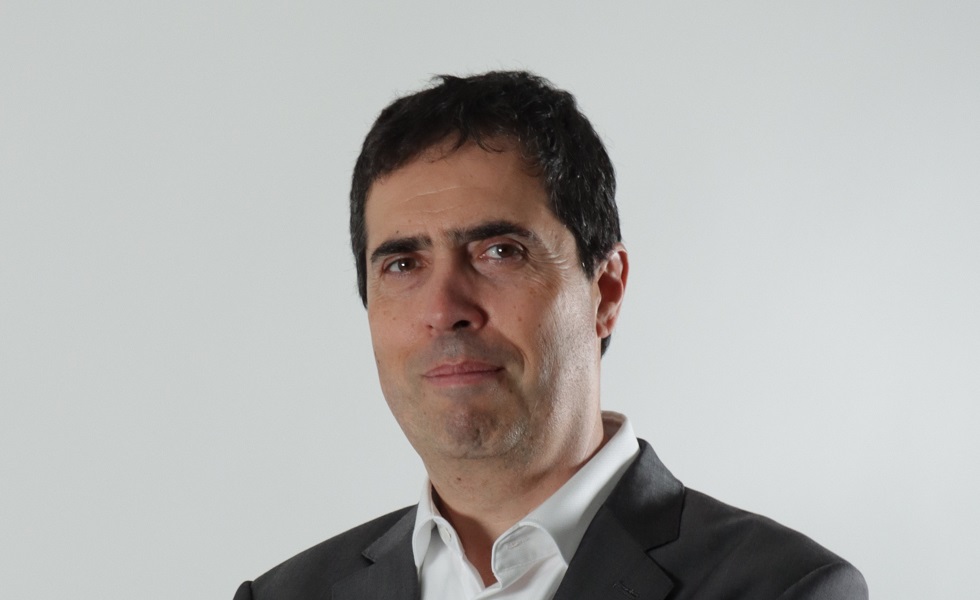Tikehau Capital: Generating long-term value with regenerative agriculture

Sequestering carbon in soils, improving the water cycle, preserving biodiversity: these are all manifestations of regenerative agriculture. According to Laurent-David Charbit, Co-Head of Private Equity Nature and Biodiversity at Tikehau Capital, it is a promising solution to climate change that needs to be scaled up and offers opportunities.
By Esther Waal
What exactly does the term regenerative agriculture mean?
‘According to the commonly accepted meaning, regenerative agriculture is a system of agricultural principles and practices that aims to rehabilitate and improve the entire farm ecosystem from the standpoint of sustainability, including improved human health and economic prosperity. It is a method of farming that places great importance on soil health and improves the resources it uses, such as water and biodiversity.
While regenerative agriculture shares many points in common with soil conservation agriculture, it differs in that it replaces pesticides, insecticides, or herbicides with biocontrol solutions. Regenerative agriculture also innovates by reintegrating livestock farming, for example, to transform the biomass produced by photosynthesis into organic matter to nourish the soil. Natural ecosystems are recreated with animals, but also hedgerows where biodiversity finds refuge, shelter, and a home to protect crops.’
Why is it essential to take an interest in soil health?
‘The world’s soils are in peril, as the United Nations Convention to Combat Desertification (UNCCD) warned in the second edition of its Global Land Outlook report.1 According to the organisation, between 20% and 40% of the planet’s land is currently degraded. Human activities are mainly responsible for this impoverishment. Certain agricultural practices are to blame. While ploughing enables weed control, it also increases soil porosity. As a result, ploughed soil breathes more, releasing CO2. Since 1950, our agricultural soils have lost half their organic matter.
Soil preservation is a crucial issue for the future of our societies, as it plays a key role in regulating the climate of the water cycle and maintaining biodiversity. Global food security also depends on soil health since 95% of the food consumed today comes from the soil. If current trends in land degradation continue, we will see disruptions in food supply, forced migration, and continued loss and extinction of biodiversity.’
Are these principles applicable on a large scale?
‘Regenerative agriculture is not fundamentally new. The relevance and impact of these principles have already been proven. Scaling up regenerative agriculture practices requires finding financial and non-financial mechanisms to reconcile time horizons. After all, the impact of climate disruption is felt beyond the traditional time horizon considered by companies and political leaders. Scaling up also requires finding the right tools, depending on the context in which we operate. For example, in precision agriculture, the choice of bio-fertilizers, stimulants, and their application to best consider crop needs. There are enough solutions available that can be deployed on a large scale right now without waiting for innovations that will be viable in 20 years.’
To be sustainable, you must be profitable. To be profitable, you must be sustainable.
What role do private players have in financing the transition to regenerative agriculture?
‘The transition to regenerative agriculture requires the coordinated participation of the entire value chain, with private players having an essential role. When we think of this transition, we often think of taxes and subsidies. However, the reality is different: solutions exist, commitments have been made, and financial resources are available. The key lies in finding a solution that combines all these elements and enables us to move forward in a coordinated fashion. There are two barriers to overcome in this process: the perception that transition is a cost rather than an investment. Economic systems focus on immediate results, whereas transforming agriculture requires a long-term vision.
Secondly, and this is a major change, this transition can only be achieved collectively: it must bring together savings to finance it, solutions to change farming practices, and all players in the value chain to secure outlets. And it must do so with the assurance that all interests are aligned. That is why we have partnered with Unilever, because they bring in-depth knowledge of the value chain. But also with AXA Climate, with its expertise in climate risk assessment.’
Beside the desired impact, what are the financial opportunities linked to this transition?
‘In the past, we have been too focused on over-optimised growth centred on improving margins. For a long time, free money led to the misallocation of capital. This led to a weakened environment, growing inequalities, and poor governance in allocating capital. The focus was on achieving short-term ‘hits’ rather than putting money to work to invest in a reasoned and patient way to create lasting value. We’ve all seen the results.
Building high-performance models over the long term means failing to achieve the best possible margin in a single year. Today, it is imperative to reinvest massively to rethink this model. Future growth may be slower, but it will be firmly sustainable and continue to exhibit dynamism around the key megatrends required for transformation: decarbonisation, agriculture, cybersecurity, and model resilience (relocalisation, digitalisation). These topics are driving growth and the model’s essential change. It’s a mistake to pit profitability against sustainable development. Without solid performance, no investment is possible. To be sustainable, you must be profitable. Without regenerating the resources we use, the system grinds to a halt. To be profitable, you must be sustainable. Regarding agriculture and farmers, the United Nations estimates, for example, that every dollar invested in soil restoration could generate a return of between $ 7 and $ 30.’
Where do we stand today in terms of scaling up regenerative farming practices?
‘Several positive signals are pointing to a growing commitment to regenerative agriculture. Many major players in the food, fashion, beauty, and other industries have made commitments to change their practices and switch to regenerative agriculture. These decisions have an impact on their entire value chains. To date, in the agri-food sector, 50 companies representing $ 2.5 trillion have already made commitments on this subject. This is a strong signal of large-scale transition.’
1 Source: Global Land Outlook, 2022.
|
SUMMARY Between 20% and 40% of the planet’s land is currently degraded. Regenerative agriculture is a promising solution as it improves the farm ecosystem and increases food security. Private players have an essential role in the transition to regenerative agriculture. Adopting regenerative farming practices helps preserve or restore land values over the long-term. Regenerative agriculture provides attractive investment opportunities for long-term investors. |
|
Disclaimer This article prepared by Tikehau Capital does not meet the legal requirements designed to promote impartial analysis. It does not constitute an offer to sell securities or investment advisory services. This document contains general information only and is not intended to represent general or specific investment advice. Communication of any document or information relating to the investment funds managed by Tikehau Investment Management and mentioned in this document is limited or restricted in certain states or jurisdictions. These investment funds may be reserved for professional and knowledgeable investors. This document is not intended to be communicated to and may not be relied upon by any person or entity in any jurisdiction or country where such distribution or use would be contrary to applicable law or regulations. This document has not been verified or approved by a supervisory authority. Past performance is not a reliable indicator of future results and targets are not guaranteed. Certain statements and forecasts are based on current expectations, current market and economic conditions, estimates, projections, and opinions of Tikehau Capital and/or its affiliates. Due to various risks and uncertainties, actual results may differ materially from those reflected or anticipated in these projections or in any of the case studies or forecasts. All references to Tikehau Capital’s advisory activities in the United States or with respect to US persons refer to Tikehau Capital North America. Unless otherwise stated, the data contained in this document are those known as of 31 December 2021. A decision to invest in a fund should be made only after a careful and thorough review of the documentation and after consulting with an appropriate professional. Tikehau Capital shall not be held liable for any decision made on the basis of this document. |









